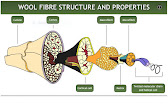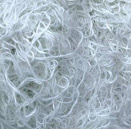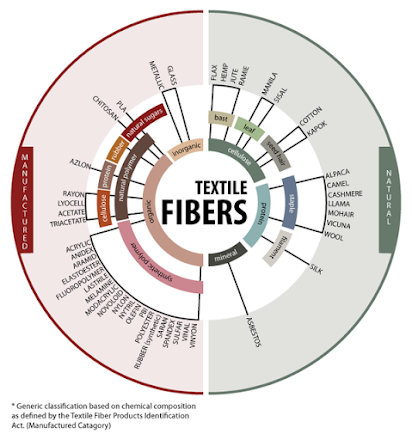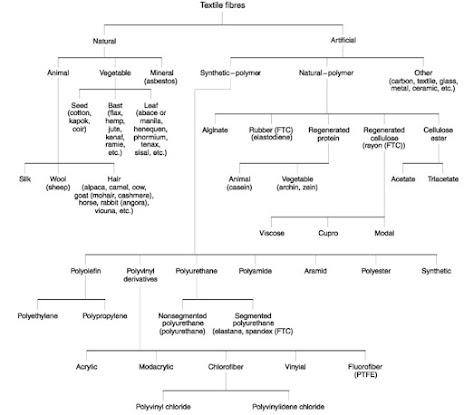Textile Engineering & Industrial Engineering Solutions | Expert Garment, Fashion & Apparel Production Strategies - Textile Floor
Polyester Fibre details, fibre properties & manufacturing process │Textile Floor│
Today over 70 to 75% of polyester is produced by
CP(
continuous polymerisation) process using PTA(purified
Terephthalic Acid) and MEG. The old process is called
Batch process using DMT( Dimethy Terephthalate) and MEG(
Mono
Ethylene Glycol).
Catalysts like 5b3O3 (ANTIMONY TRIOXIDE) are used to start
and control the reaction.Textile Cotton Fibre Details │Textile Floor│
Cotton is a soft, fluffy staple fiber that
grows in a boll, or protective capsule, around the seeds of cotton plants
of the genus Gossypium. The fiber is almost pure cellulose. Under
natural condition, the cotton balls will tend to increase the dispersion of the
seeds.
The
fiber is most often spun into yarn or thread and used to make a soft,
breathable textile.
Subscribe to:
Posts ()





